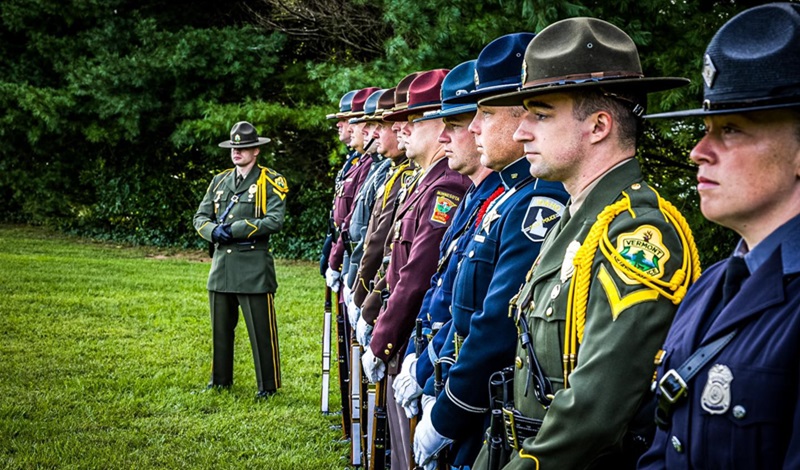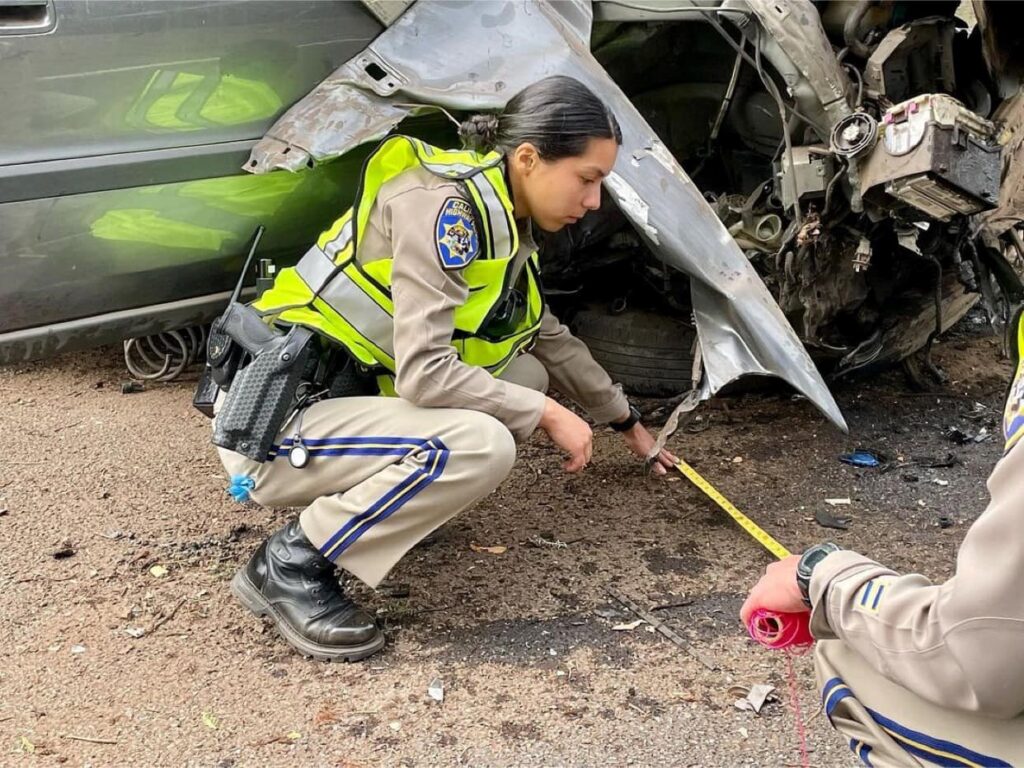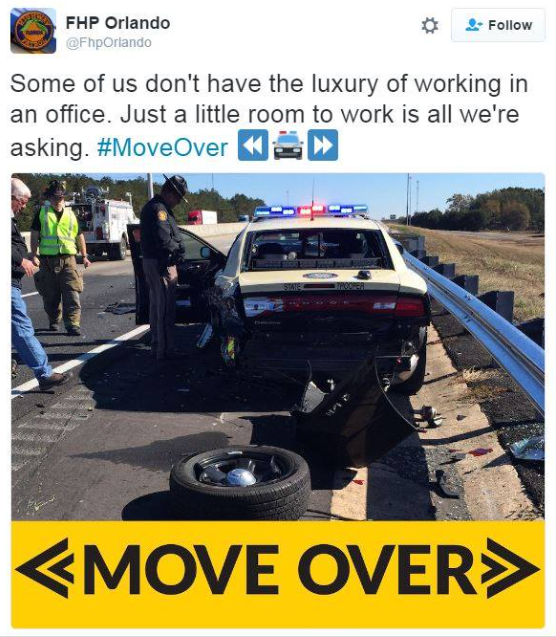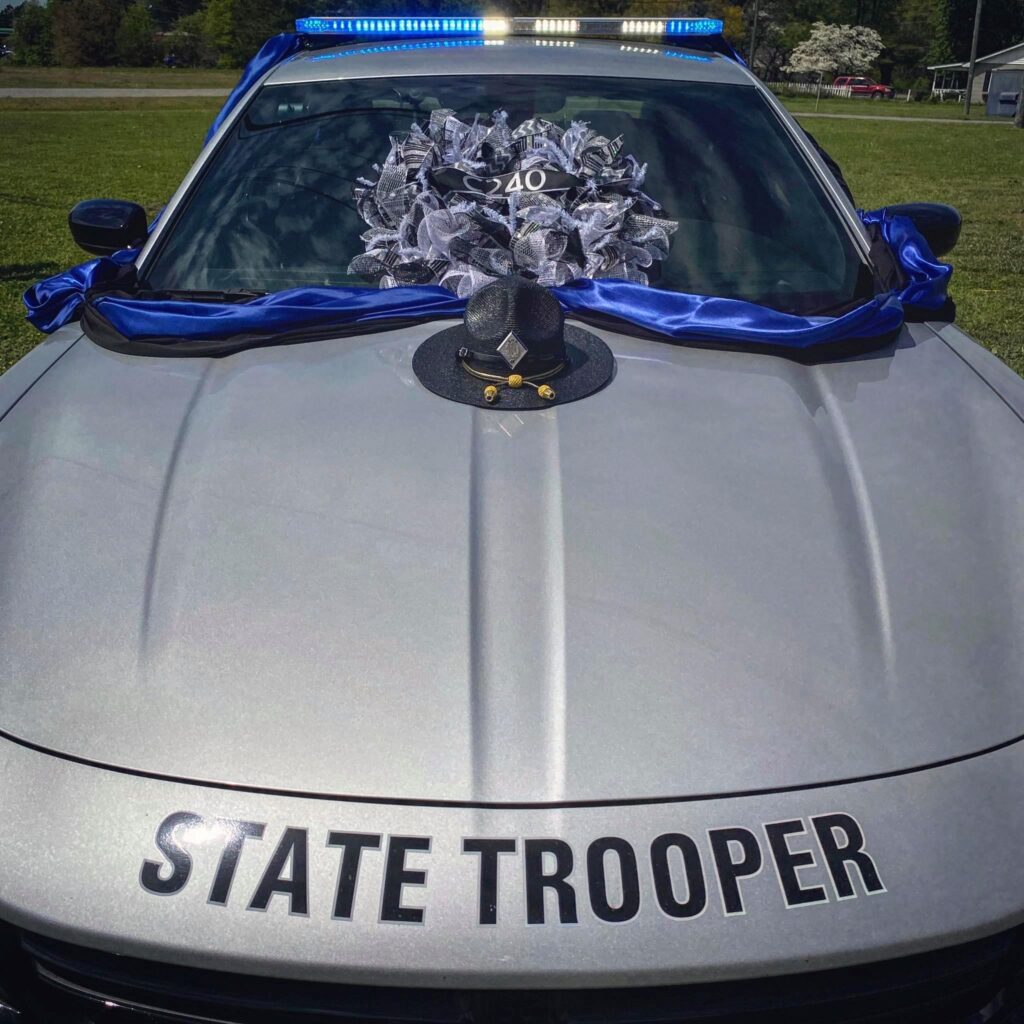
Although there is a severe shortage of law enforcement officers, there is no deficiency in the requisite bravery of our troopers out there combatting crime amid perilous velocity of traffic…with the safety of everyone as the staple ingredient, despite the risk to their own lives.
With several major holidays in the last quarter of 2023, safe-driving campaigns kick it up a few notches, with state police organizations and troopers trying to blanket the thoroughfares with cruisers to be seen and heeded. The visual reminder for all motorists: Driving, although heralding freedom and fun, is not to be taken lightly and ill-concentrated.
With Florida’s burgeoning population of those who fled states that watered crops of anarchy, it is increasingly palpable and death-defying to go out and about in automobiles for the continuum of sustenance and life choices. In that regard, traffic crashes are a dime a dozen, each requiring a law enforcement officer to piece together a chain of events and map out the entire scene, thereafter documenting details in a police report.

(Photo courtesy of the California Highway Patrol.)
Every cadet selected to train at the police academy undergoes intense blocks of traffic crash investigations training, mandated by the respective state Criminal Justice Standards and Training Commission (CJSTC). All the nuances in this form of law enforcement responsibility are studied until blue in the face.
Once state-certified by the CJSTC and out there doing The Job, in-service courses are offered in advanced studies such as Traffic Fatality Investigations (formerly known as Traffic Homicide Investigation or THI). These specialized courses engender principles pertinent to automobile maneuverability —centripetal force and centrifugal force— and are convened for extraordinary traffic investigations involving the deaths of motor vehicle occupants and/or pedestrians.
Although the advent of drones helps law enforcement by safeguarding investigators photographing/mapping scenes aerially, supplanting the former method of law enforcement officers physically standing in a traffic crash scene, they still largely exit police cruisers and risk getting bowled over by any of many moving vehicles.
Traffic stops carry multiple dangers for LEOs: malice from armed motorists and injury from inattentive drivers, primarily.
And there’s plenty of the latter to ruin lives…
Any “local” trip I take nowadays is extraordinarily fraught with heavy traffic flow and invariable wrecks set in motion by some self-centered drivers operating tonnage without a care in the world—certainly not for anyone around them. All it takes is one person’s poor decision to cause a chain reaction resulting in a bad day for many.
Wreckage
Having served as a policeman, working wrecks is a typical part of The Job. Like everyone else on the pavement, I turtle-crawl forward until I see the blue lights, the telltale signs of troopers working yet another otherwise avoidable traffic crash, braving the open-air elements (hip-close cars and trucks) to gather everyone’s documents and testimonies, safely return to the office (cruiser), and piece it all together, finding fault(s), and distributing some bad-news docs requiring signatures.
Yet even in the confines of a brightly lit, clearly marked police car, troopers working the wrecks epitomize the phrase “sitting ducks” (respectfully).
But, but, but…the Move Over Law.
We here at the National Police Association have covered the nuances of the Move Over Law several times. Although it is one among many laws relegated to keeping our nation’s road-borne cops safe while they lasso speeders, investigate traffic woes, and implement safety feats, it still seems to fall upon deaf ears (PSAs) and self-blind eyes (overhead marquees and a litany of signals to heed, all dismissed).
The chronology of police cruisers smashed into accordion-like hunks of mostly metal is a dime a dozen, a telltale sign that some auto operators’ minds are on everything but driving carefully.

Over the Thanksgiving Day week, I read several social media posts echoing how police families are typically unsettled when their sworn-to-serve loved one’s primary duty is enforcing traffic codes as a trooper, whose playing field is not the Indianapolis Speedway but a close replication.
Spouses, children, and parents of troopers must be an unrested bunch, understandably so.
In all of this, troopers uphold one another and carry on the fight against the aggressiveness of reckless drivers creating traffic tragedies resulting in fatalities on the asphalt, with troopers always in the crosshairs due to the very nature of their inherent duties and where they are performed.
Some of the horrific fatalities are troopers whose lives were abruptly concluded while bravely serving in a space known for speed and inattentive motorists. In that extremely sad context, our cover photo today portrays troopers from various states standing shoulder to shoulder, attending Honor Guard training school, wearing their respective colors while also implementing cadence and cohesion, brimming with bravery in the face of chronic perils.
Although any law enforcement agency Honor Guard contingent performs at various events —police academy graduations, promotions ceremonies, athletic events, dignitary presentations, to name a few— it is more commonly employed at law enforcement officer funerals.

From state troopers to county sheriff’s deputies to city cops, Honor Guard cadres train the same and exhibit acute skills akin to solid soldiers marching without one iota of a misstep, all in reverence to the fallen whose bravery was maximized.
The San Diego Police Department’s Honor Guard credo is to “keep the remembrance of fallen officers alive in the memories of all law enforcement personnel, their families, friends, and the communities they serve” and “will represent and honor the Department and its members with the highest degree of professionalism and integrity at all times” and whose training manual shall “constitute the nucleus for the conduct and operation of the Honor Guard.”
Textbook directives translating to precision police training comprising agency tributes on behalf of those who forged forward bravely…for the final time.

(Photo courtesy of the NC Trooper’s Association K9 Search and Recovery.)
Troopers chronicling attendance at police funerals are thus starkly reminded of the myriad pitfalls and inexplicable carnage transpiring on America’s highways and byways, yet bravely suit up and step out of cruisers to pursue order in the torrents of traffic.